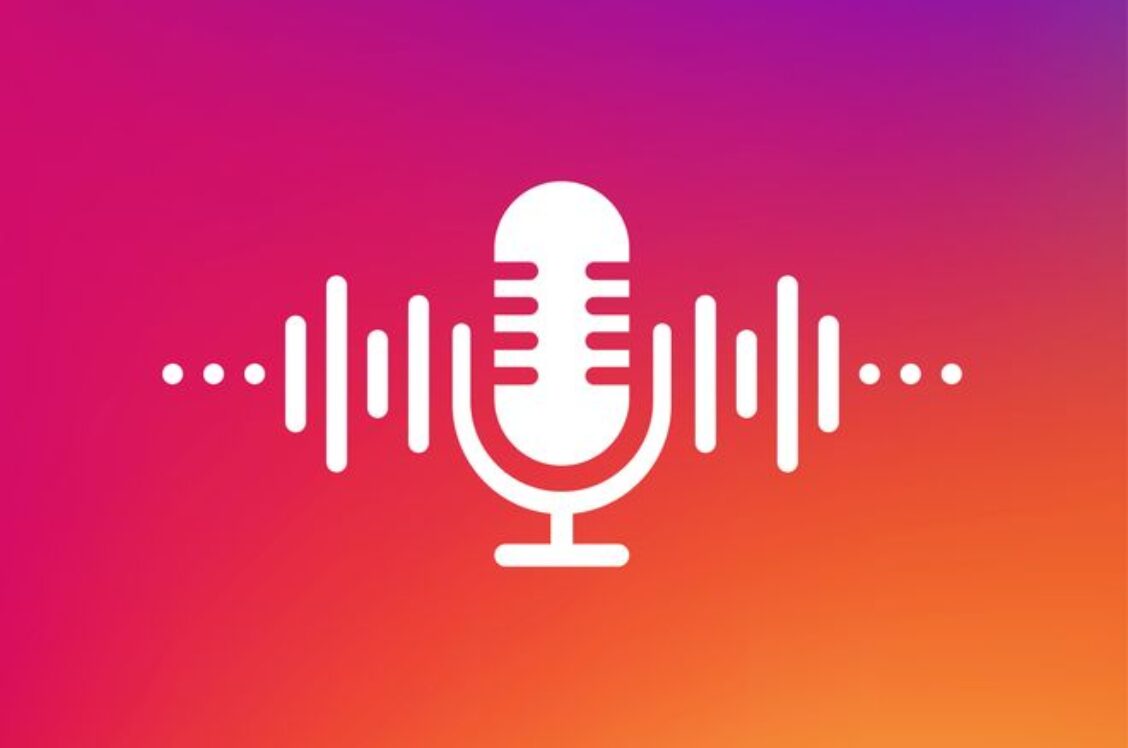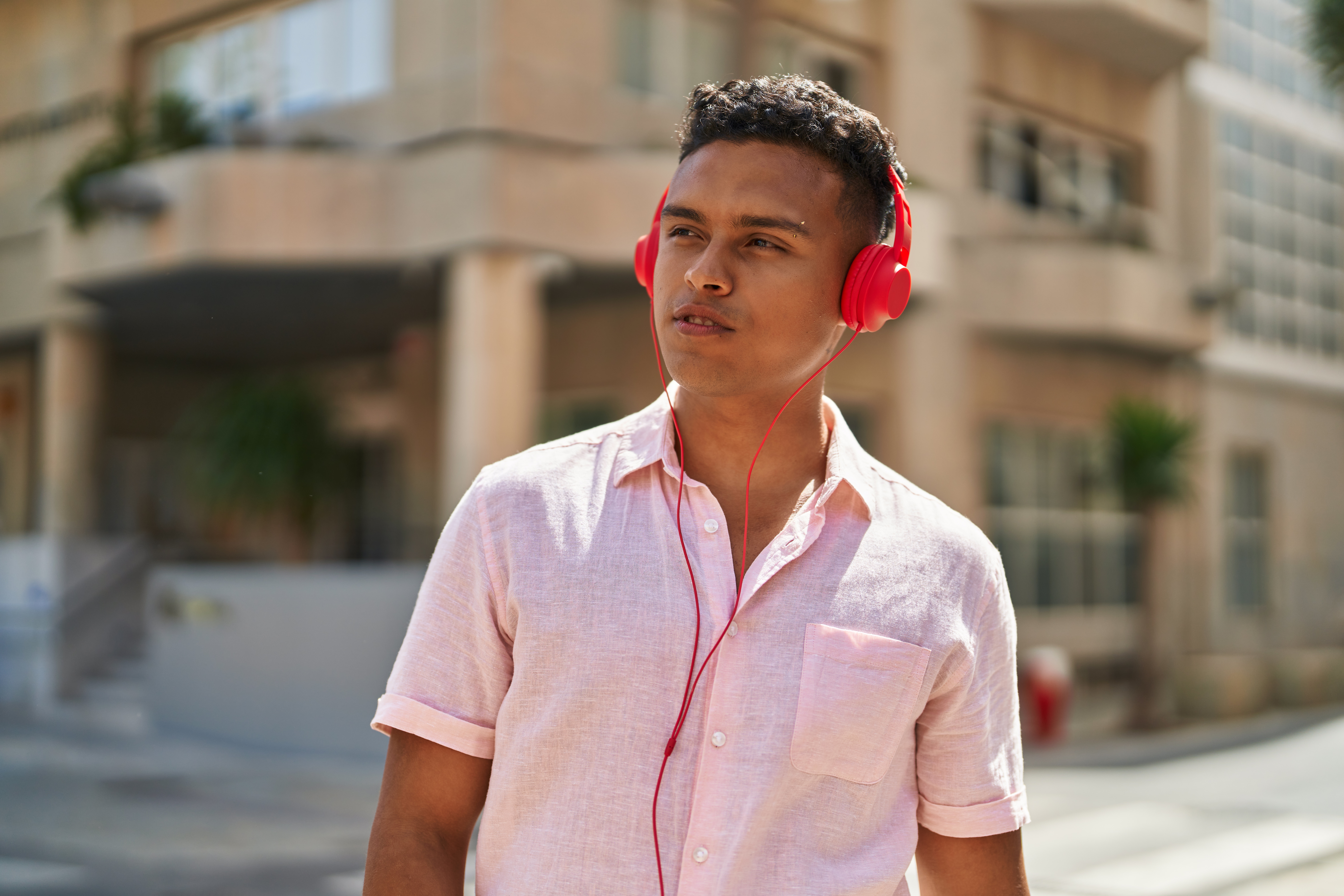Why Audio Advertising Has Transformed Brand Safety for the Better
By Ad Results Media
May 11, 2022

In this article
Why Brand Safety Matters More Than Ever
The Audio Advantage: Managing Risk in a Growing Channel
ARM: Brand safety has been an industry hot topic for the past decade, so why does it seem so important right now? What is unique about the brand safety concerns in the current marketplace?
ARM: Podcasters, radio DJs and talk radio hosts all have one thing in common—they can be unpredictable. What are some approaches or marketplace solutions that can make their unpredictability more palatable to risk-averse advertisers?
Tailoring Brand Suitability in a Fragmented Media Landscape
ARM: Each brand has its own perspective as to what is considered brand-safe for them. Should publishers, agencies and other service providers think about creating customized solutions for brands?
ARM: Is the risk worth the reward?
ARM: What is your best advice to brands about how to mitigate safety risks while still investing big in audio?
Looking Ahead: The Future of Brand Safety in Audio
ARM: OK, let’s give the people what they came here for. What are your top predictions for the future of brand safety in the next 12 months?
Click here to be directed to original AdAge article.


